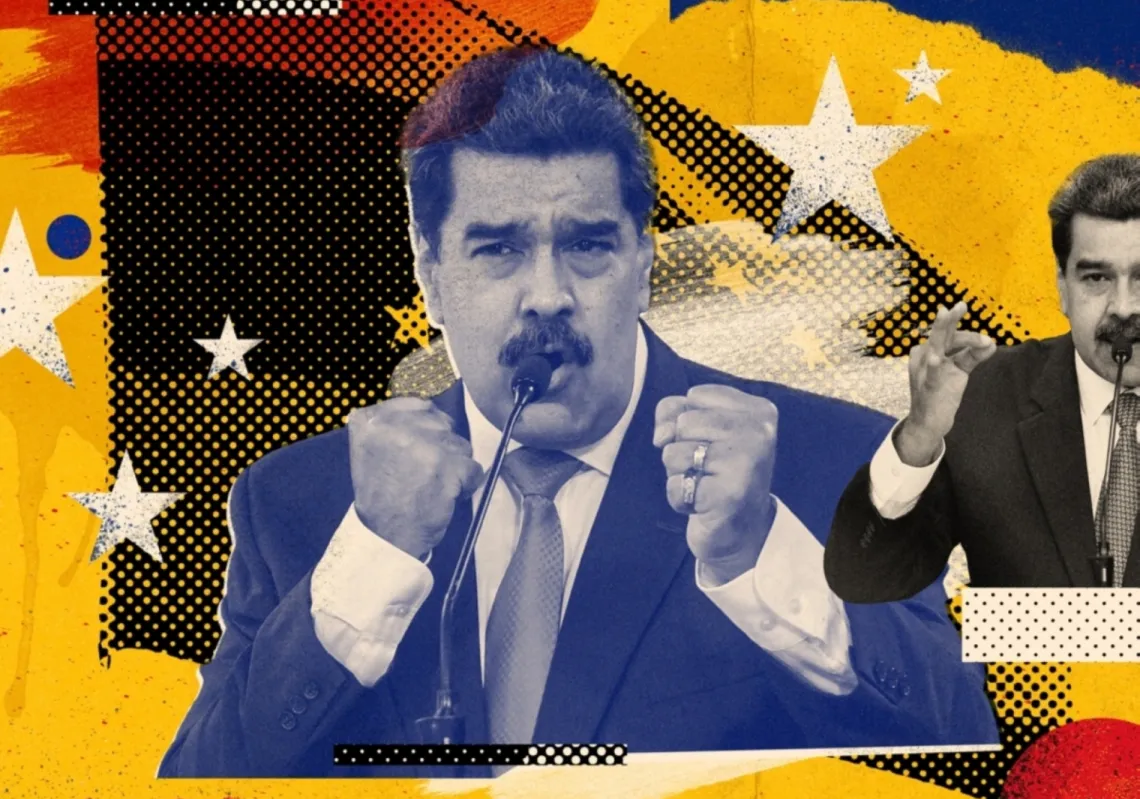THE MONOLOGUE
In theatre, a monologue is a speech presented by a single character, often expressing their thoughts aloud, though sometimes also directly addressing another character or the audience.
The monologue is familiar across dramatic media such as film and TV and in non-dramatic media such as poetry.
A monologue is similar to a poem-- it involves one 'voice' speaking. Interior monologues involve a character externalizing their thoughts so that the audience can witness experiences that would otherwise be primarily internal. In contrast, a dramatic monologue involves one character speaking to another character. Monologues can also be divided into active and narrative monologues. In an enthusiastic or active monologue, a character uses their speech to achieve a clear goal. Narrative monologues involve a character telling a story which is often identified with their past.
IN EGYPT
In Egypt, the monologue began with the appearance of theaters and the increase of music halls at the beginning of the 20th century when the need to present something sarcastic arose. It was an entertainment segment far from the seriousness of theater and drama as well as the usual song and dance shows.

The idea of the "humorous/critical" monologue comes from the concept of a single actor on the stage. It is close to light song and dance music in its written and melodic structure. It was different from oriental music, and a large part of its success was based on performance, movement, and interaction with the audience.
The monologue was presented in various forms, combining comedy and fast pace, including critical, political, emotional, and social issues.
The spoken word was the most crucial characteristic of this art. It made fun of emotional relationships, social customs and habits. It was also straightforward in posing political or national problems by way of light and short melodies.
Late Egyptian artist Sayed Suleiman was one of the first to present this art, and he delivered the monologue in most of its types. The first generation included many monologists, such as Hassan and Neamat El-Meligy, Mohamed El-Barbari, Abdel-Aziz Ahmed, and the artist Hassan Fayek. The latter was one of the most famous monologists at that time.
Egyptian radio began broadcasting in the mid-thirties. The monologue started to take on greater fame, and the second generation and the remainder of the first generation recorded monologues on the radio. However, the radio was not enough to develop the monologue because it was visually lacking and the monologue is a complete expressive picture of words, melodic performance, singing, and movement.
In Egypt, the pioneers of monologue art were Ismail Yassin, Mahmoud Shokoko and Soraya Helmy.

By the beginning of the forties, monologues and show sketches began to appear as a form of cinematic singing and were gradually liberated from the dominance of oriental song. This increased the monologue's fame, and cinema began presenting full films based on monologues, such as the films of Ismail Yassin, Shokoko, and Soraya Helmy.
Ismail Yassin
The late artist Ismail Yassin worked as a singer, monologist, and actor. He remained one of the pioneers of this art for ten years, from 1935-1945, then worked in the cinema and became one of its most prominent stars. Ismail Yassin presented several famous monologues, such as Matestagebsh matestaghrabsh and Abu Dehka genan.
Soraya Helmy
The late artist, Soraya Helmy, also presented the most famous monologues in Egyptian cinematic history. Soraya is considered one of the most preeminent artists who developed the art of monologue, most notably: "Give bread for his baker."
Mahmoud Shokoko
The late artist Shokoko participated in many plays with his songs and monologues and later formed a performing group with Soraya Helmy.
In the 1950s, the monologue gradually disappeared. With the beginning of the 1970s, the monologue began to collapse completely, starting with the transformation of the monologue into a second-class art and treating it as only clowning. The skilled monologue poets and composers also disappeared, and this was one of the reasons for its deterioration. By the 2000s, it was replaced by stand-up comedy.












